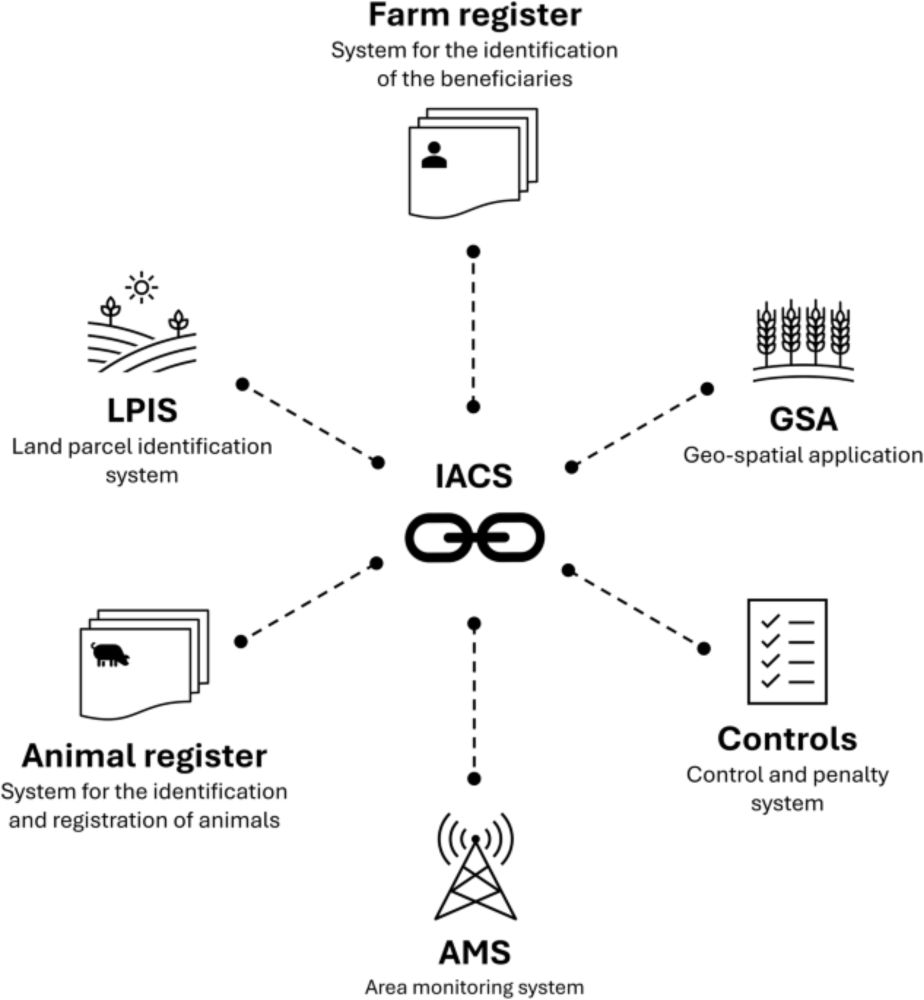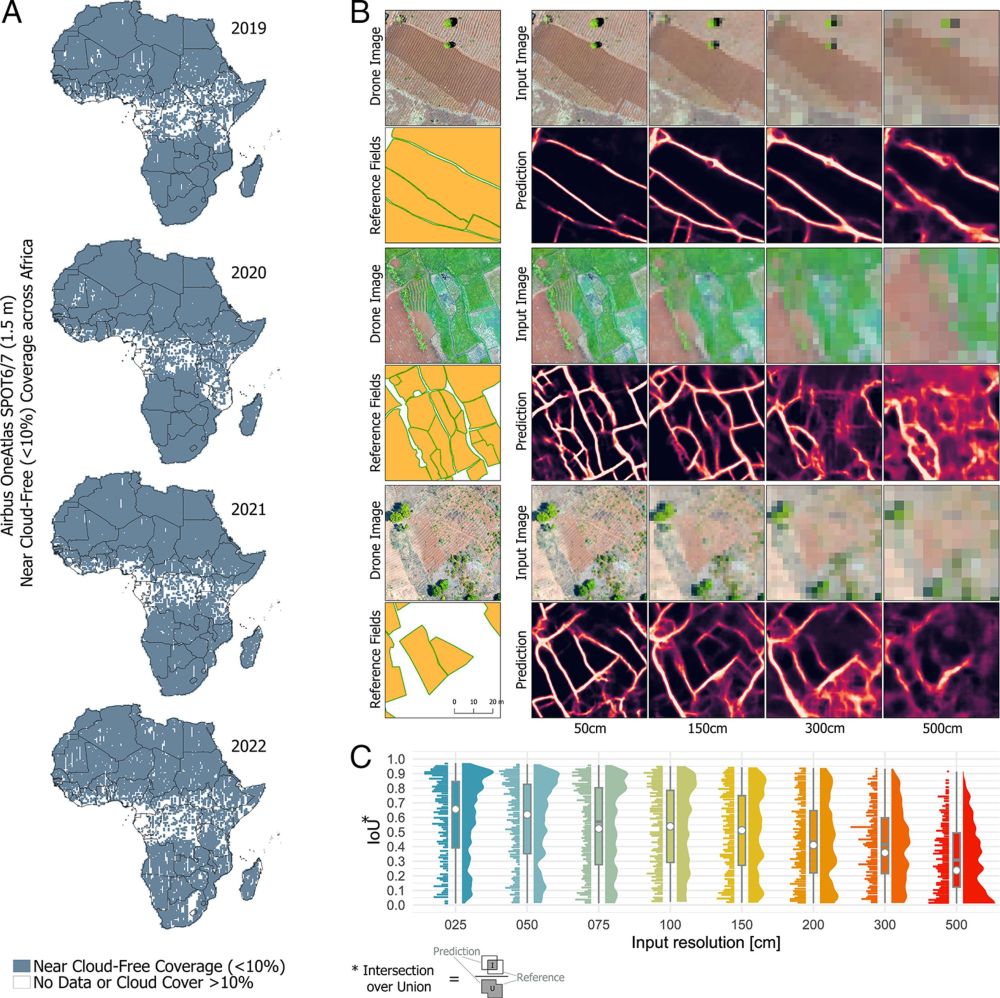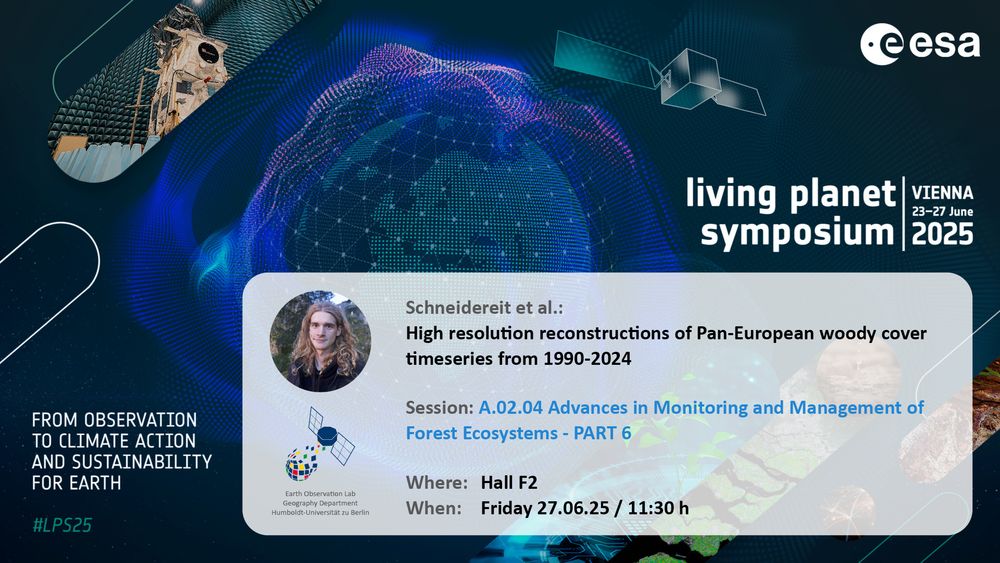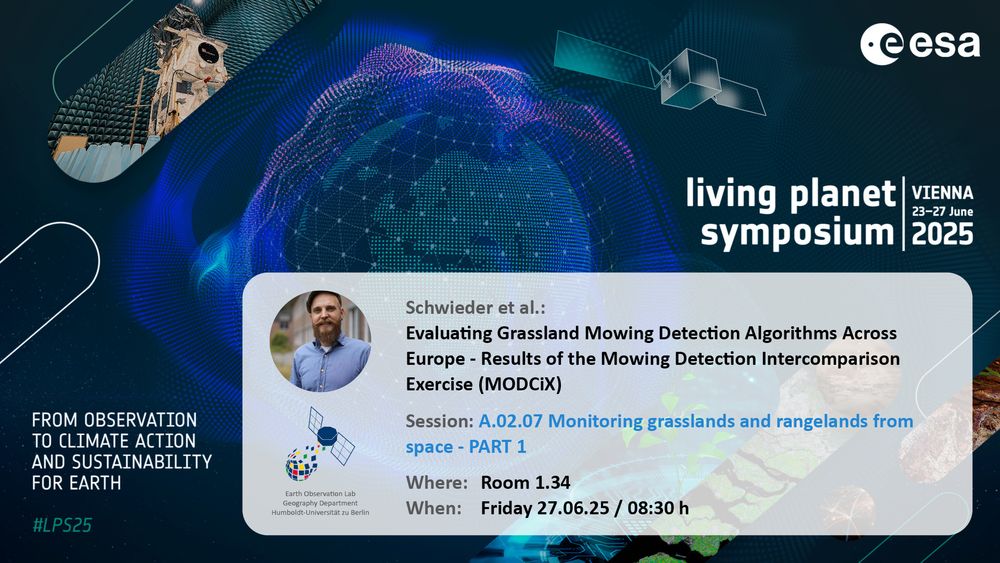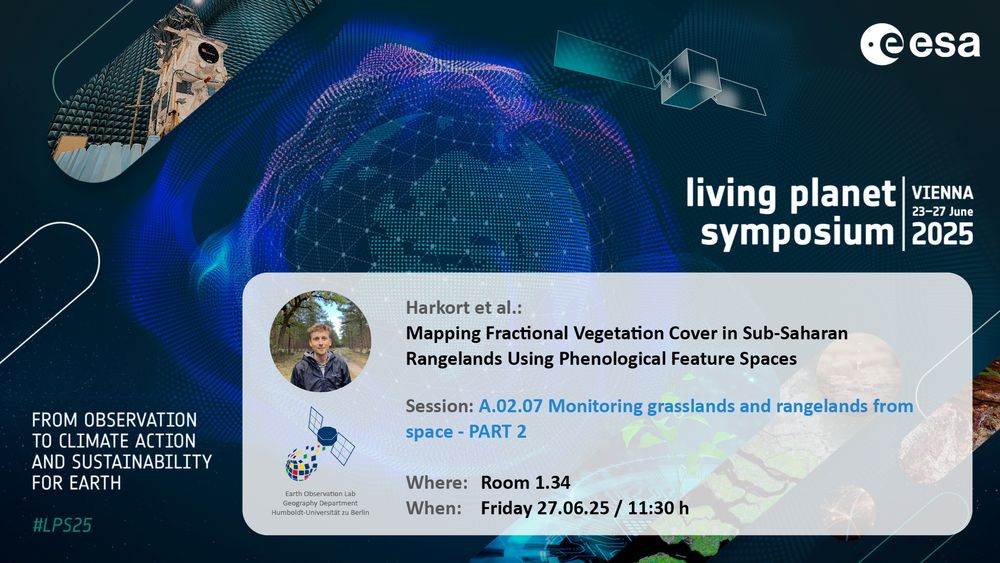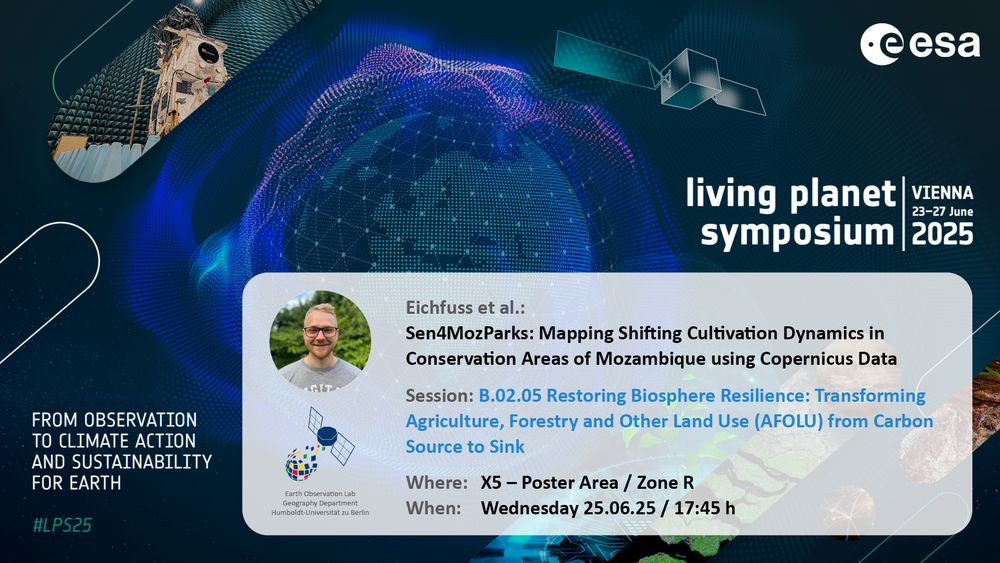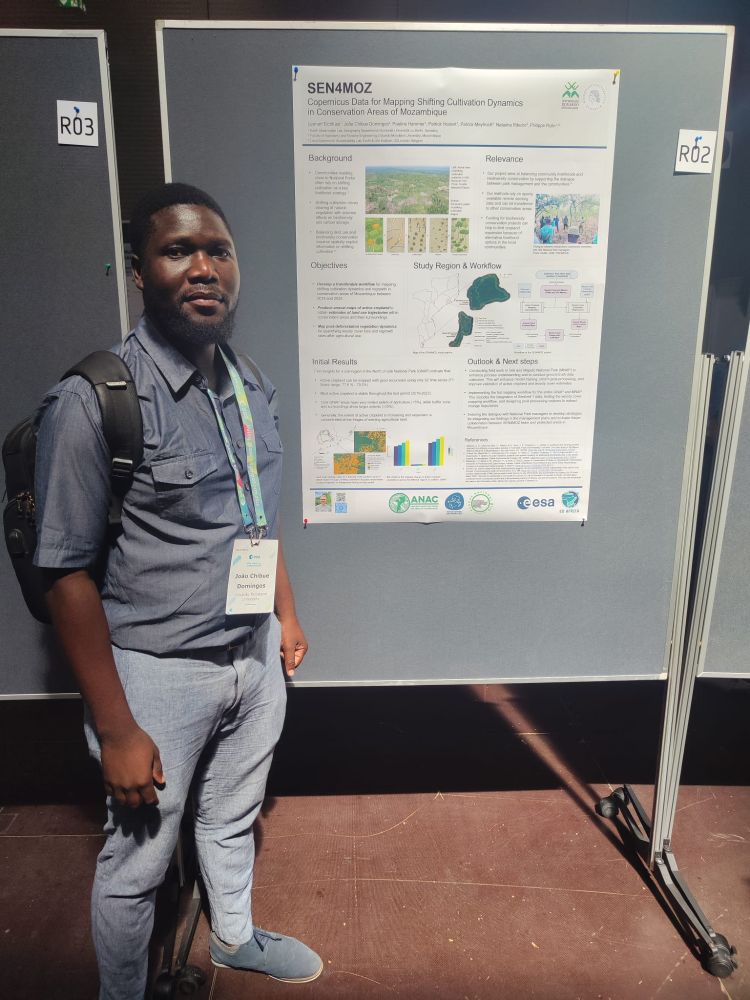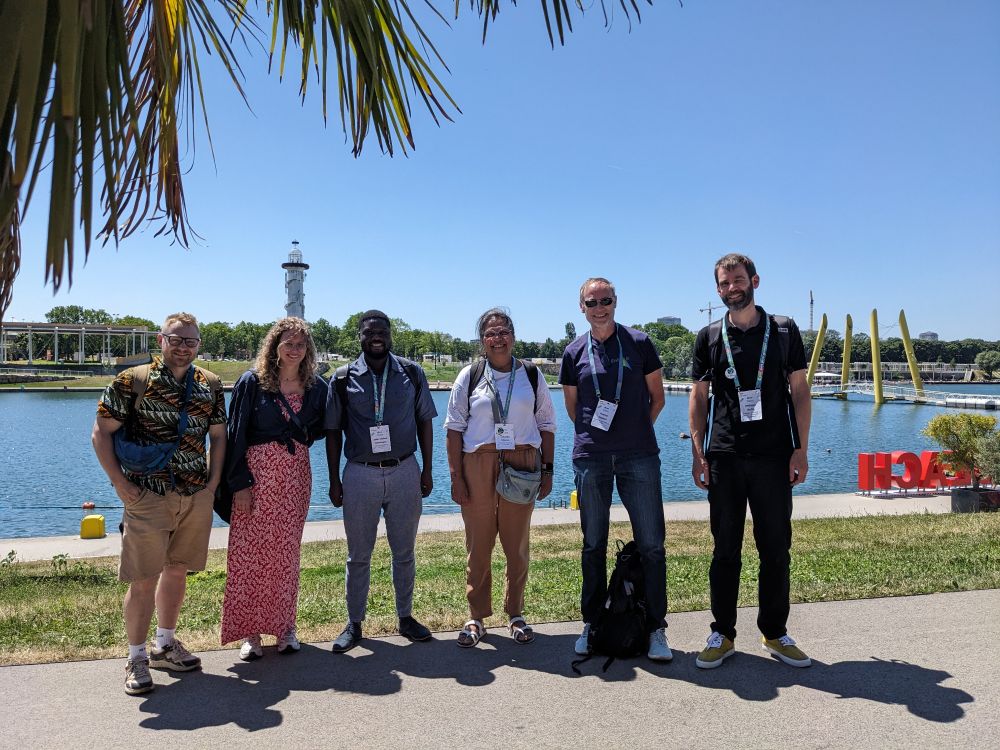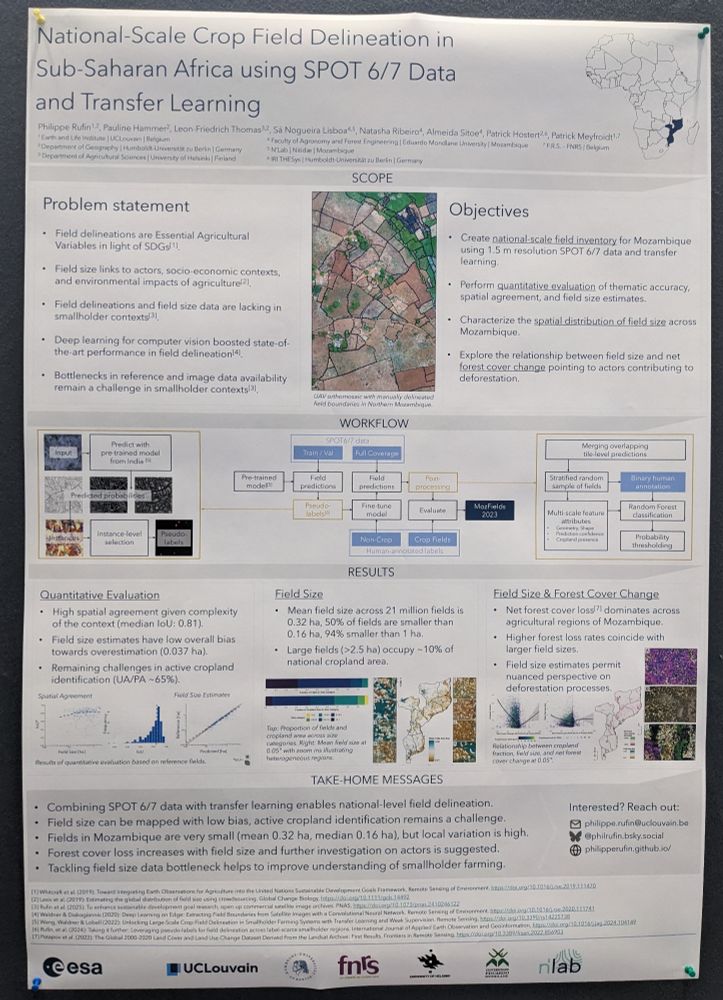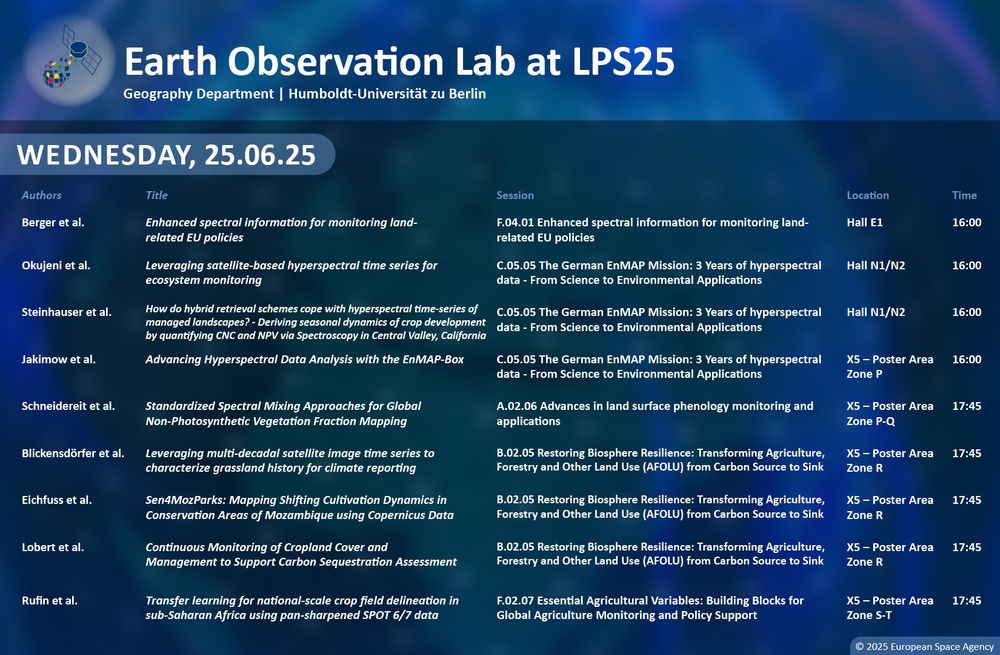Philippe Rufin
@philrufin.bsky.social
350 followers
510 following
130 posts
Geographer interested in 🛰️ EarthObservation for 🌿agriculture, 💧water resources, and 🌍 sustainable land management.
F.R.S. FNRS Postdoctoral Fellow 🇪🇺
Earth & Life Institute - UCLouvain 🇧🇪
Earth Observation Lab - HUBerlin 🇩🇪
Posts
Media
Videos
Starter Packs
Pinned
Philippe Rufin
@philrufin.bsky.social
· Jul 21
Reposted by Philippe Rufin
Reposted by Philippe Rufin
Reposted by Philippe Rufin
Philippe Rufin
@philrufin.bsky.social
· Jul 17
Philippe Rufin
@philrufin.bsky.social
· Jul 17
Philippe Rufin
@philrufin.bsky.social
· Jul 17
Philippe Rufin
@philrufin.bsky.social
· Jul 17
Reposted by Philippe Rufin
Reposted by Philippe Rufin
Carl T. Bergstrom
@carlbergstrom.com
· Jul 16
Reposted by Philippe Rufin
Reposted by Philippe Rufin
Reposted by Philippe Rufin
Reposted by Philippe Rufin
Reposted by Philippe Rufin
Reposted by Philippe Rufin
Reposted by Philippe Rufin

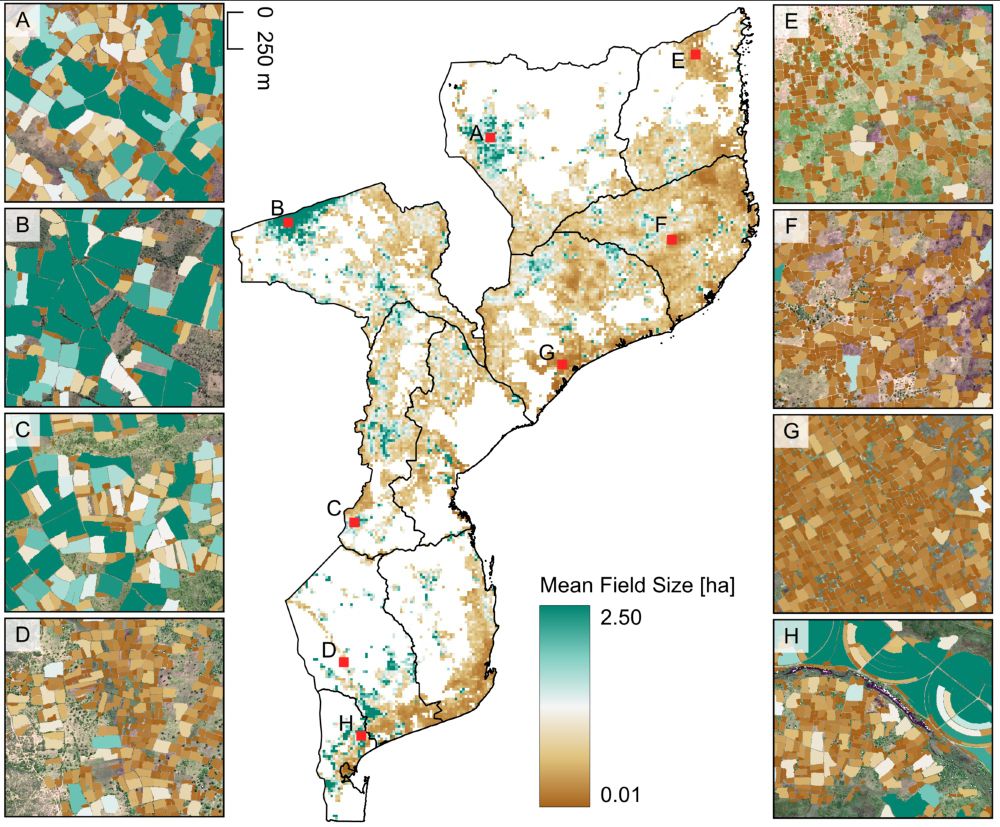

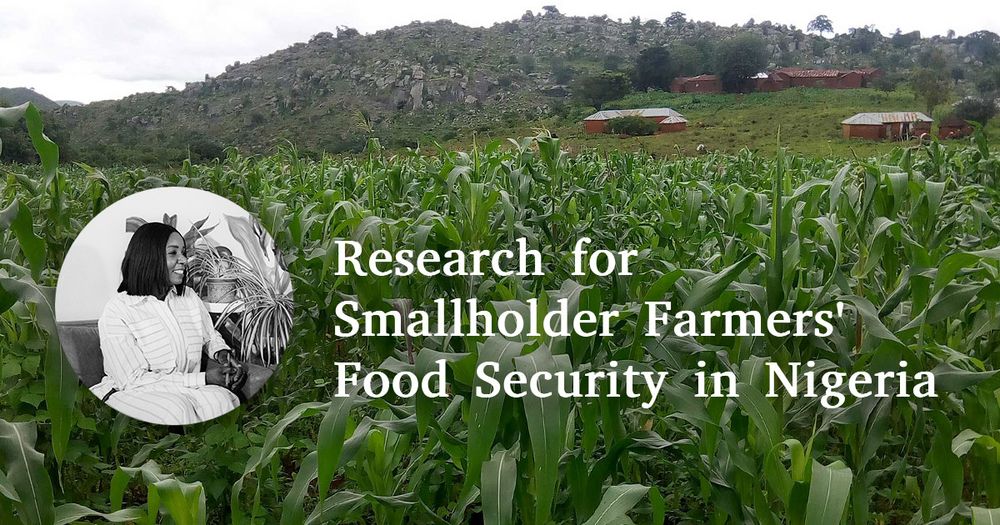
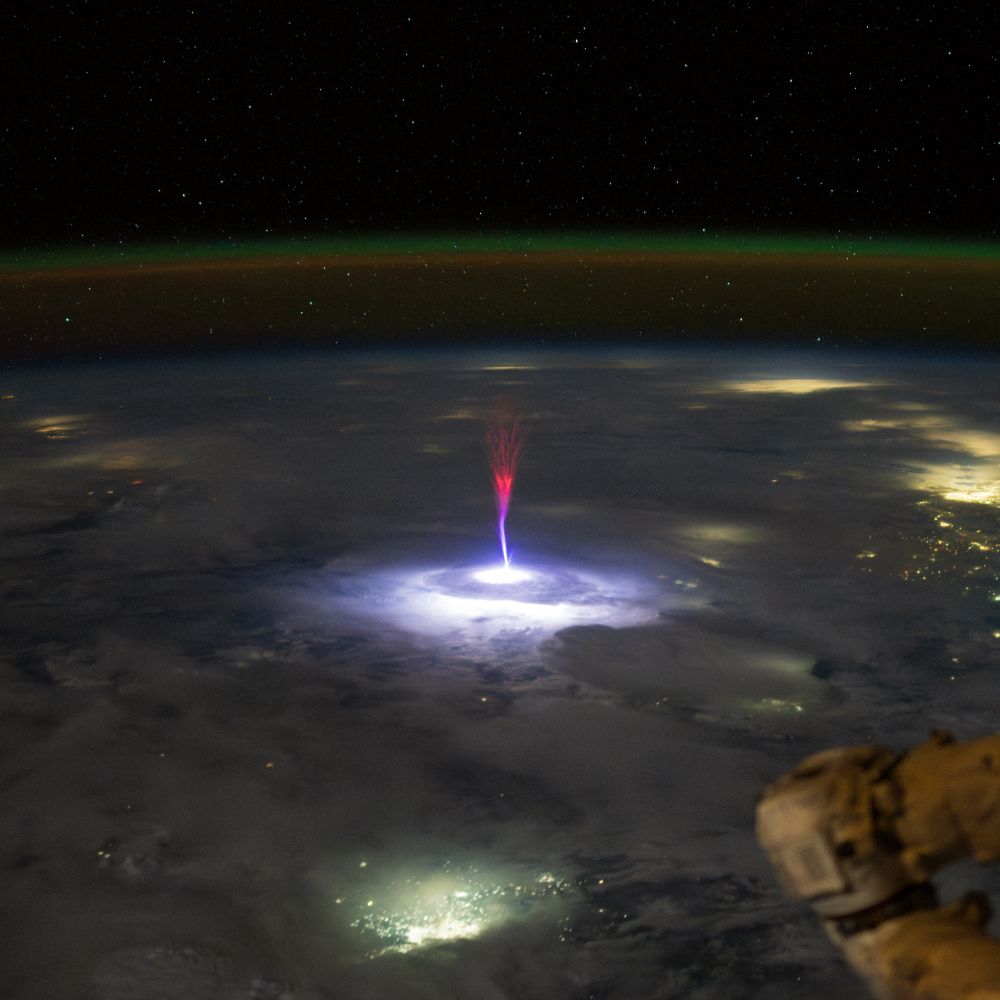



![Flow diagram. At the center is the key cycle: Authors reduce self-screening --> Reviewer pool becomes depleted --> Accuracy of review declines --> [back to] Authors reduce self-screening.
Outside arrows lead to this central cycle.
Greater emphasis on elite journals --> authors reduce self-screening
More journals create more opportunities for fresh review --> reviewer pool becomes depleted
Common pool dilemma reduces desk rejection rates --> reviewer pool becomes depleted.
There is an additional cycle:
Accuracy of review declines --> Authors learn less from reviews --> Authors reduce self-screening](https://cdn.bsky.app/img/feed_thumbnail/plain/did:plc:tbqqvyv6pjjww44glrmycaxl/bafkreieslgd5btmytfr2vrqg2v2kqyv3bnwjcommpcxurp2ju4yjdbm454@jpeg)

